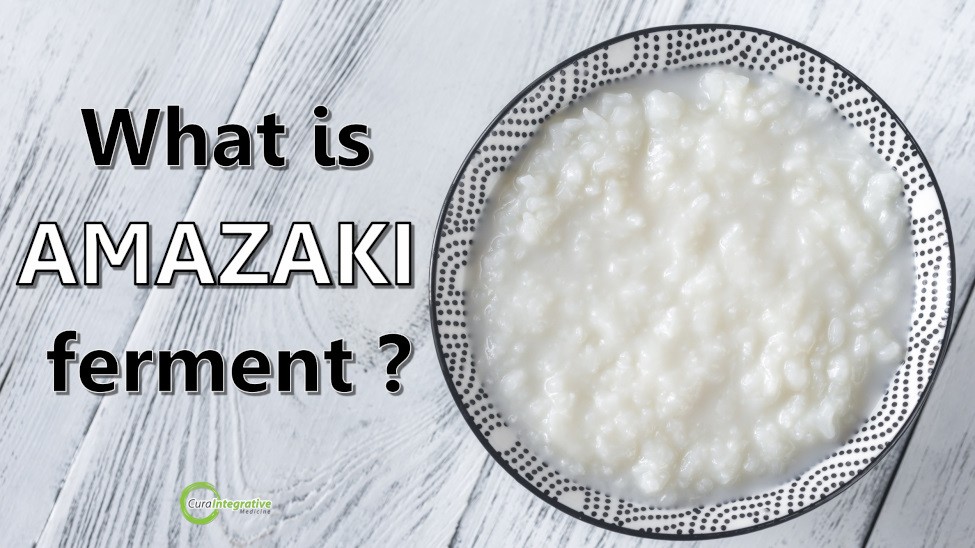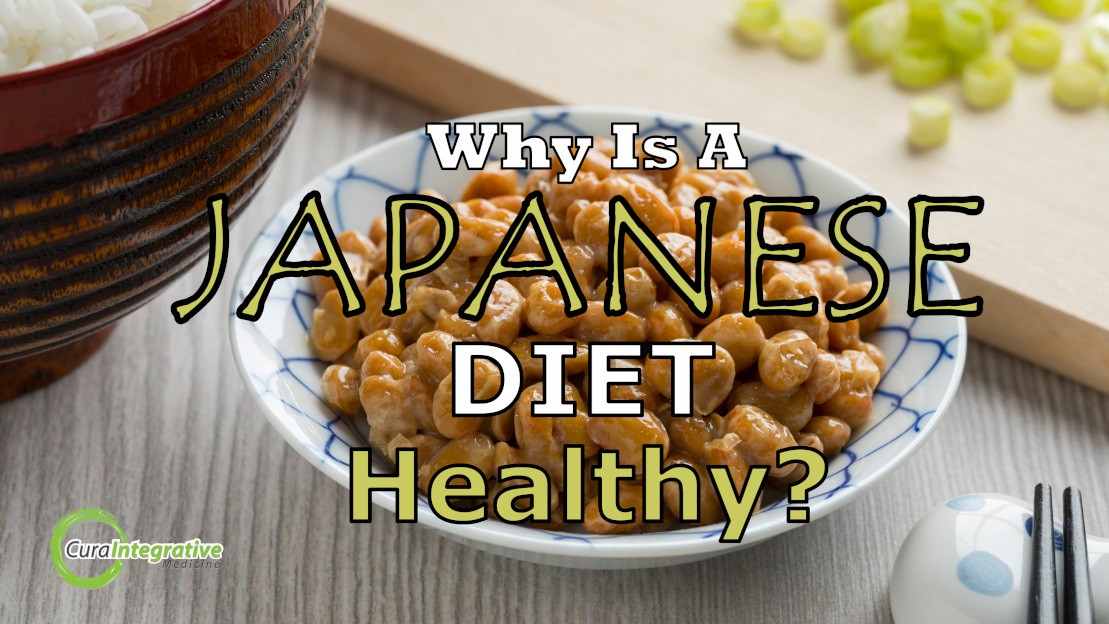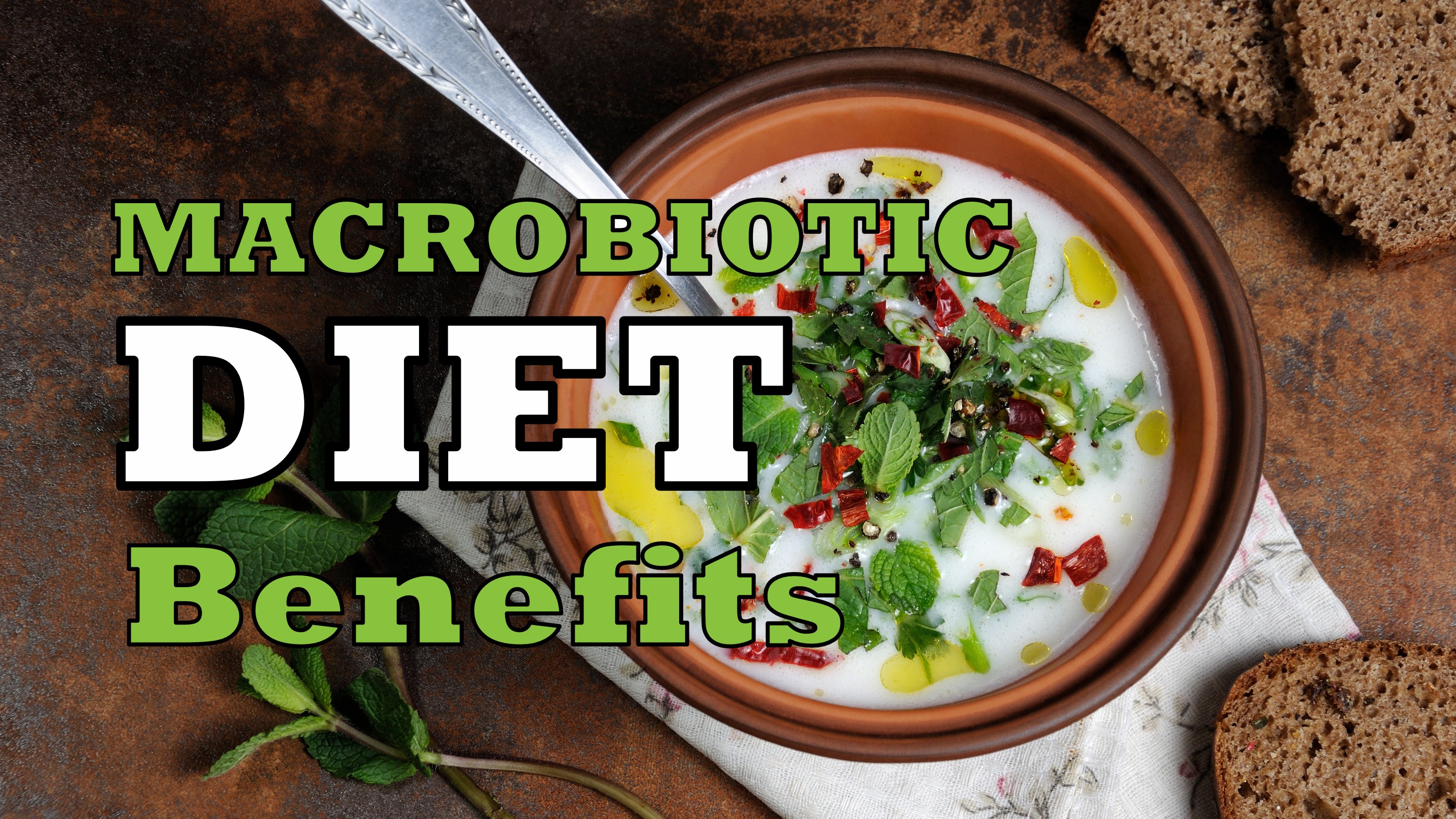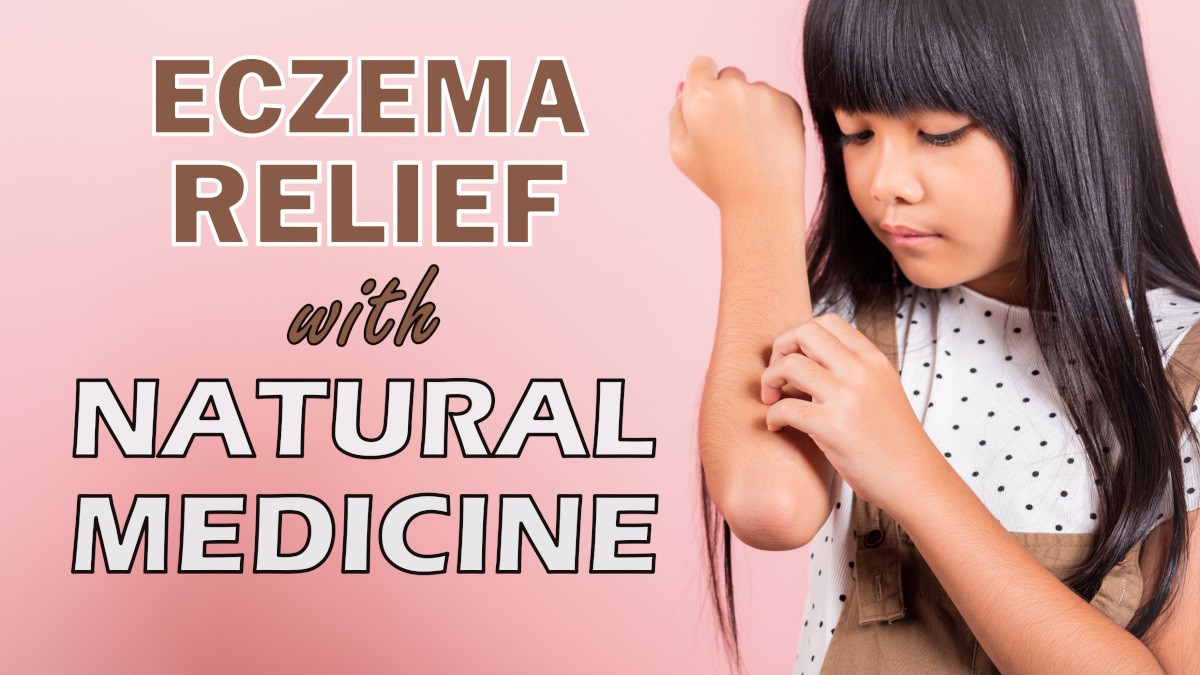Koji is a less known superfood found in a variety of macrobiotic foods. Containing Aspergillus oryzae, koji is used to make foods such as miso, amazaki and tamari. Read More…
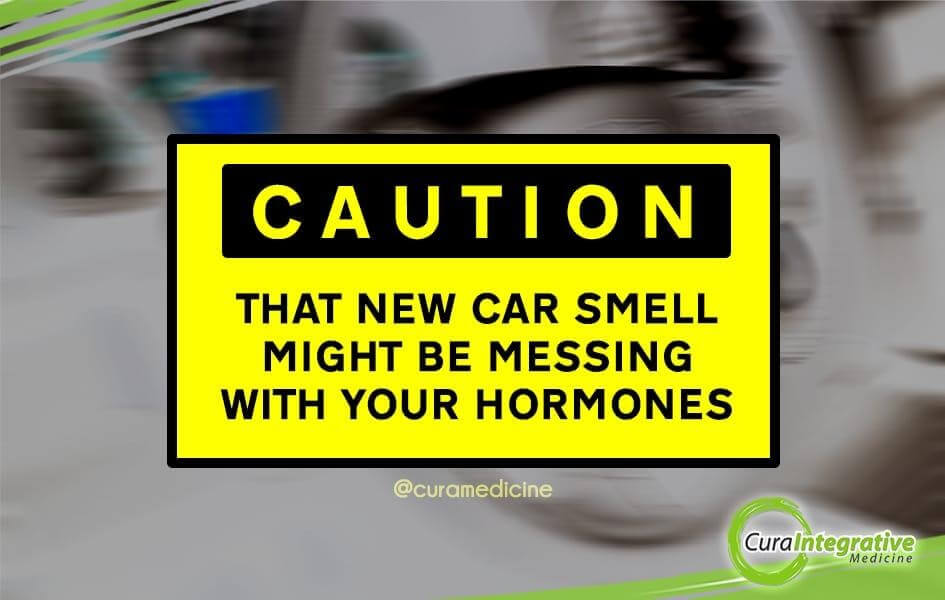
That New Car Smell Might Be Messing With Your Hormones
Posted 10 Apr '18
Are you one of the many who loves that new car smell? And might even be guilty of buying aerosol sprays or air fresheners that imitates that distinctive scent? Stop right there. That new car smell is actually messing with your hormones.
Where is that smell coming from?
That new car smell that your olfactory nerves are sensing is caused by various components that make the car emit VOCs, or volatile organic compounds. The combination of these toxic materials used to build the car, add to that the fact that they are confined inside the car and being heated due lack of air circulation, that right there is where the new car smell is coming from.
That toxic smell that your nose is picking up? It is full of Xenoestrogens that mess with your hormones.
The toxic materials that emit this odour are polyurethane, polyester, paint, adhesives, sealants, oils, brominated flame retardants, other manner of plastics, and about a hundred more of dangerous chemicals, all confined within the passenger compartment and naturopaths use functional tests to assess how much a patient has.
What do car manufacturers think of this?
It is comforting to say that companies are doing something about this. Over a decade ago, polyvinyl chloride was removed from most of the car market. Around 2015 and 2016, car buyers in China became concerned about the strong odour. As a response, Ford hired a team to inspect each finished vehicle and make sure that they are not emitting the strong smell. Vehicles that didn’t pass were rejected, and affected parts were replaced before they were even brought to the showroom.
Indoor air pollution, which includes inhalation of toxic chemicals while locked inside a vehicle, may be as dangerous as outdoor air pollution, or even more so. Chinese car owners frequently scrub their car interiors with water and vinegar in order to remove the dangerous chemical odour, instead of using cleaners that are made of chemicals.
Hopefully, in time, car manufacturers will start competing to build cars with the fewest toxic chemicals, especially on the interiors. They may do so if buyers are more aware of the dangers of VOCs and demand that the car that they choose will have the least amounts of it. As of now, Honda has been noted to use PVC-free materials on 12 out of 15 models sold in North America. Volvo and Mazda followed suit. However, across the whole car industry, only 17% were PVC-free.
What should we do?
Help us raise awareness about VOCs being dangerous to our health. Share this story with your family and friends. Let us also adopt a safer cleaning habit by going for natural and non-toxic cleaners, instead of toxic cleaning solutions.
Take control of your health and make an appointment now with an expert practitioner.

